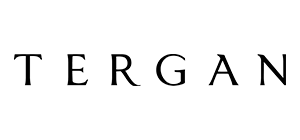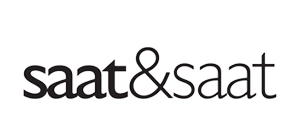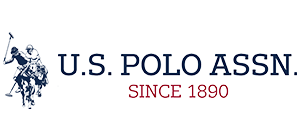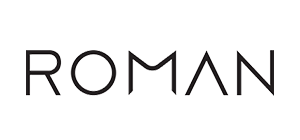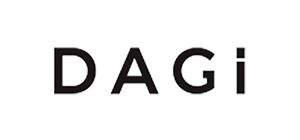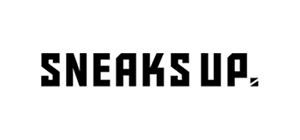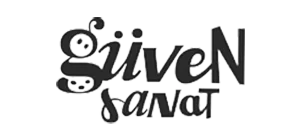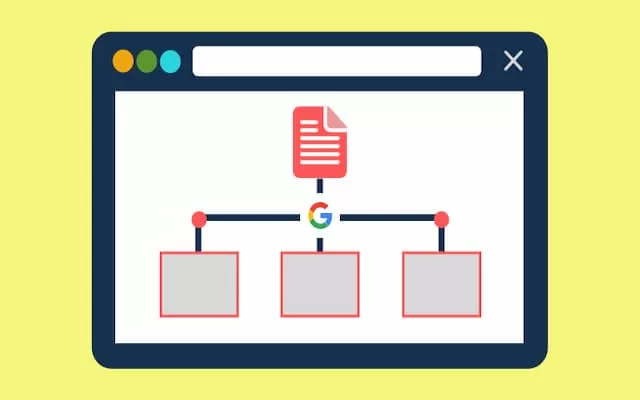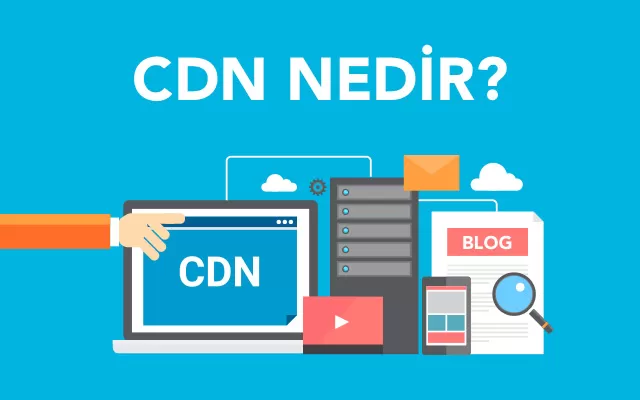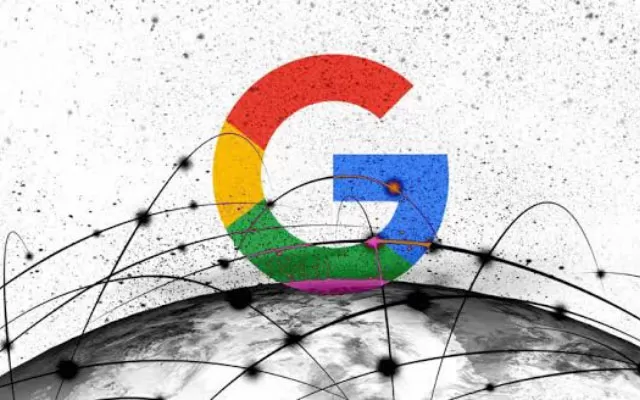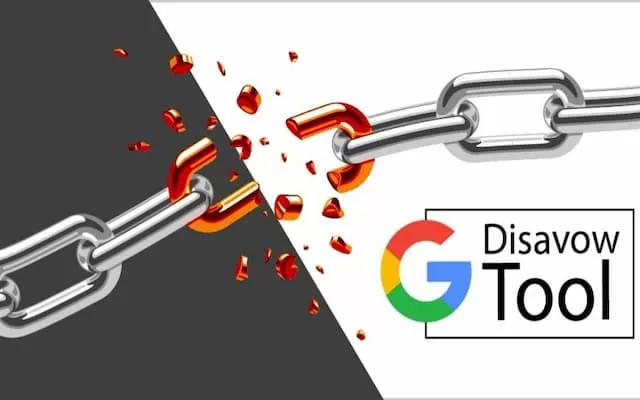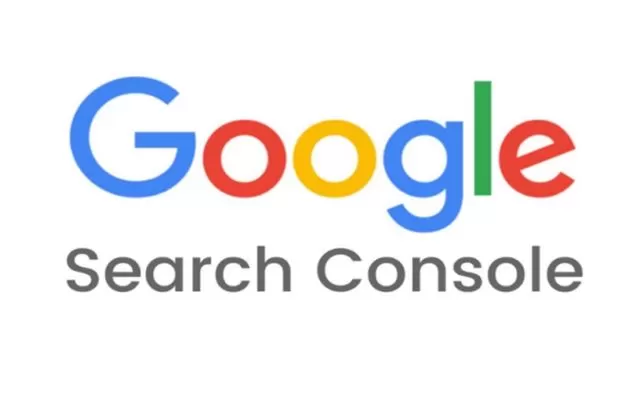Billions of searches are made on Google every day. So how does Google determine which pages are returned in response to what people search for?
Google returns pages with high-quality, relevant information relevant to the searcher’s query. Google’s algorithm determines relevance by crawling your website content and assessing whether it is relevant to what the searcher is looking for based on the keywords and other factors (known as ranking signals) it contains.
For a successful SEO strategy, you can divide SEO efforts into two groups:
On page SEO: All SEO strategies take place on your website. On page SEO is about creating content to improve your rankings. Including your targeted keywords in your pages and content, writing quality content on a regular basis, these factors as well as your meta tags and titles should be keyword rich and well written.
Off page SEO: All SEO strategies are the process of promoting your web page on different portals outside your website. Off page is an integral part of SEO success.
Both on page and off page SEO aim to make your site more friendly and trustworthy for users and search engines. Quality content created specifically for the targeted user increases your site traffic and contributes to your site authority.
In other words, SEO is about showing search engines that your content is the best result. To show its users the best, most relevant results.


